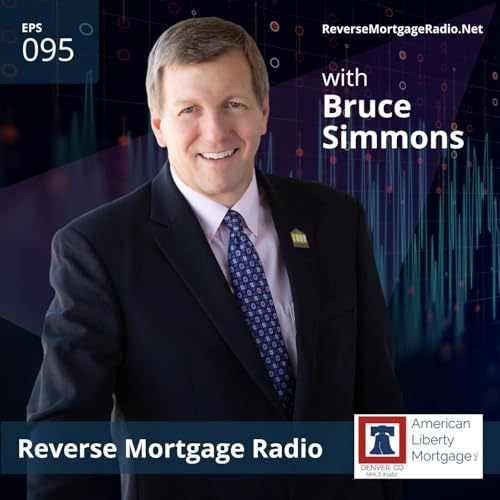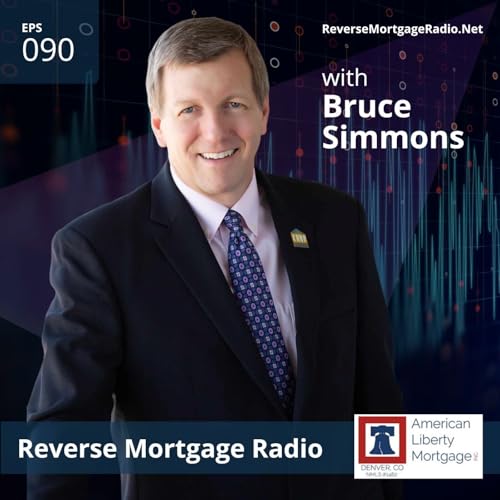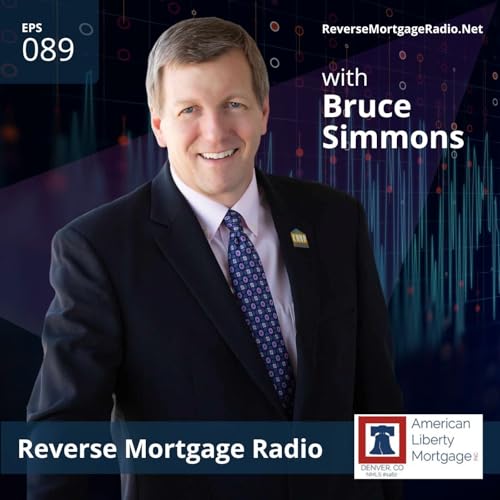If you own a Colorado home and worry about stretching Social Security and pension checks, this episode is for you. Today we look at a little-known way to get more control from your FHA-insured reverse mortgage. Most people know reverse mortgages let you skip monthly payments. Fewer know you can choose to make payments—and that choice can give you flexibility, protect equity, and grow your available credit for the years ahead. I’ll walk you through how it works, when it helps, and what to watch out for.
What You'll Learn
How voluntary payments change your loan outcome
Small or large payments slow the balance growth and reduce long-term interest costs. You will see how even modest payments can change your equity picture over time.
How payments move through the prepayment waterfall
Accrued mortgage insurance is paid first, then interest, then principal. This order matters if you plan to deduct interest and affects which part of your payment actually reduces the balance.
The line-of-credit effect
Paying down the loan balance increases your future borrowing power. The line of credit grows at the same rate the loan accrues charges, so lowering the balance today lets that credit grow from a higher base.
Smart payment strategies for retirees
Learn when to pay a little each month, when to use windfalls like tax refunds or stock sales, and why you should avoid paying the loan to zero if you want to keep the line of credit available.
Real-life examples for common situations
Scenarios cover homeowners on fixed income, part-time workers with irregular pay, and those facing variable expenses like healthcare or home repairs. See how different choices play out over time.
Tax and accounting notes to discuss with your CPA
Understand the basics of interest deductibility and the role of accrued mortgage insurance. Know the questions to bring to your tax advisor before claiming deductions.
Key cautions and limits
Learn how much to pay to preserve the line of credit, why paying the loan to zero closes the credit, and other practical rules to avoid unintended consequences.
Making voluntary payments on a HECM is optional, but it can be a strong tool for retired homeowners who want more control over cash flow and home equity. In this episode I explain the mechanics, share real examples, and give practical rules of thumb so you can decide if partial payments fit your retirement plan. If you want a flexible safety net for health care, home repairs, or family needs, tune in. A few smart payments today can protect your financial life tomorrow.
 29 mins
29 mins 29 mins
29 mins 29 mins
29 mins Nov 5 202529 mins
Nov 5 202529 mins 29 mins
29 mins Oct 23 202529 mins
Oct 23 202529 mins 29 mins
29 mins 29 mins
29 mins
